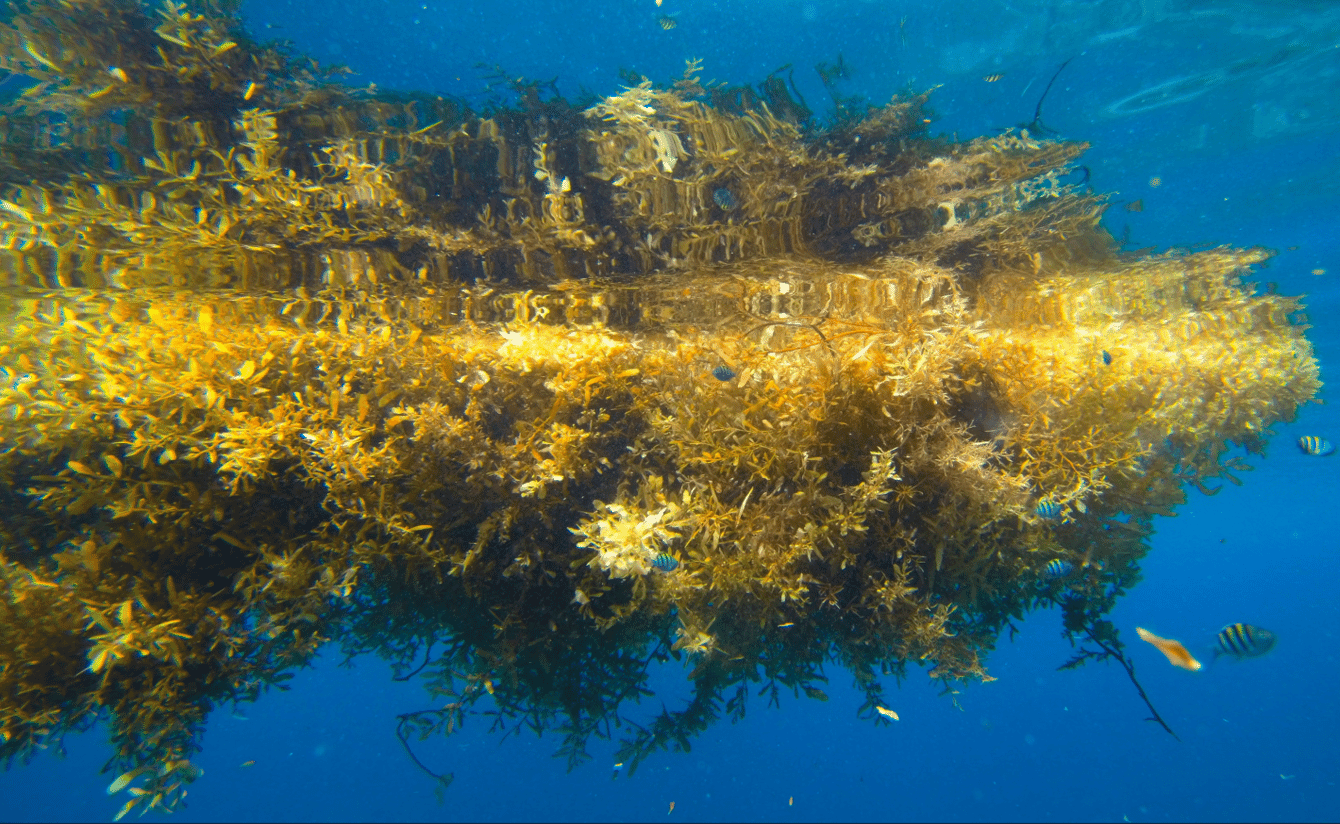
However, according to the report, there is currently no real market for this genus of seaweed
The 2022 edition of the report, which was prepared by was prepared by the European Market Observatory for Fisheries and Aquaculture Products (EUMOFA), offers an overview of the latest developments in micro- and macroalgae cultivation systems in the EU and the world. It has a special focus on sargassum and shows how seaweed can capture carbon and can also transform regional economies.
Key findings
Seaweed farming and harvesting are still very small-scale in Europe – despite 36 percent of entries in a global seaweed industry database being in Europe, many are startups that are not yet commercially operational.
The regulatory landscape for seaweed licences and permits is uncoordinated, contains many regulatory actors at national and local level, and sometimes poses high costs for small companies seeking to farm at sea.
'Aquaculture 4.0' – the use of information technology, automated high-sensitivity monitoring, internet of things, in-cloud analysis, real-time automated and robotic responses – will become standard for managing large-scale microalgal and seaweed facilities.
Sargassum is not yet ready to be valorised commercially
Sargassum is a genus of large brown seaweed that spends its life on the ocean’s surface and floats in large masses. Pelagic sargassum plays a crucial role in marine ecosystems, serving as hotspots for biodiversity and productivity in otherwise substrate poor, low-nutrient open-ocean waters. The surge in sargassum blooms across the Atlantic region has led to the proliferation of projects that seek to mitigate its effects. But for the time being, there is no real market for sargassum. Most solutions seeking to valorise sargassum are not commercially mature yet, the report reflects.
Seaweed and blue carbon
Seaweed ecosystems play a significant role in the marine carbon cycle. According to scientific literature, they act as a net sequestrator of CO2 worldwide. The EU hosts significant wild seaweed ecosystems, but accounts for less than 0.25 percent of the global human-led seaweed production.
The report suggests that possible actions to integrate seaweed in climate policies include conservation, restoration and farming, with potential positive effects on both climate and the environment. For the EU to make the most of seaweed’s climate mitigation potential, knowledge gaps have to be addressed. These include assessing existing wild seaweed ecosystems in Europe, building a better knowledge of nutrient availability and eutrophication in EU coasts and basins and evaluating the carbon footprint of seaweed-based products.
How can seaweed farming transform regional economies?
In addition to being small-scaled, the report notes that the European seaweed industry is regionally imbalanced.
The growing demand for seaweed products cannot be fulfilled by producers due to a variety of factors – including knowledge silos, lack of data transparency, unpredictable production cycles, inefficient supply chains, complex regulatory frameworks. This situation leads to risk-averse investors and businesses being disincentivised. The challenges facing the European seaweed industry are not technology-driven but more related to governance and market issues.
The report argues that the reversal of this trend will depend on the stable access to raw material, the development of the value-added products and the transfer of expertise between regions where production is well developed and those wishing to develop the industry.




